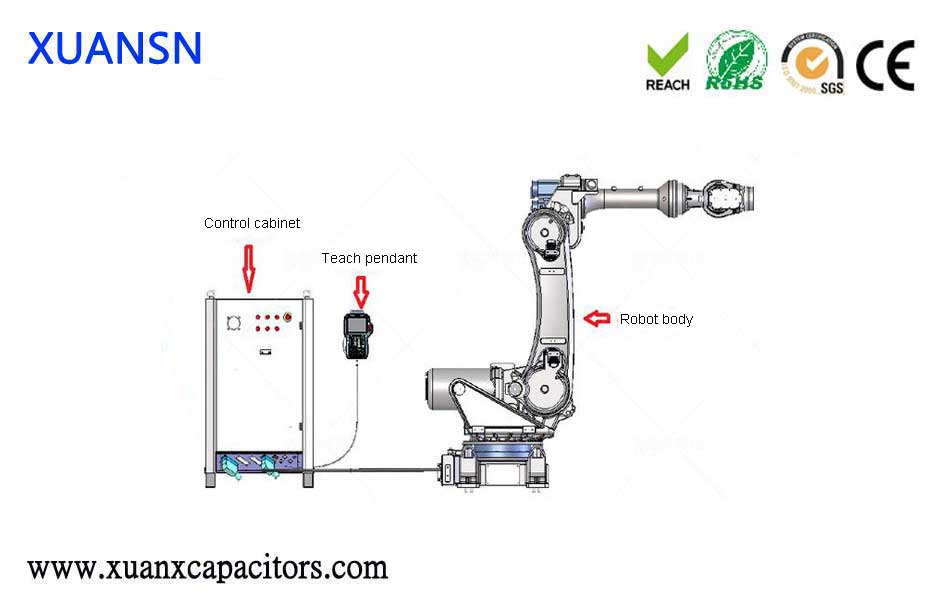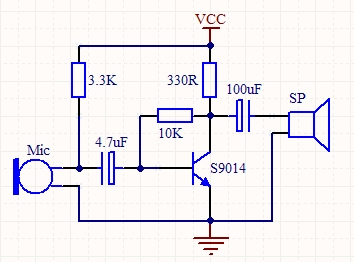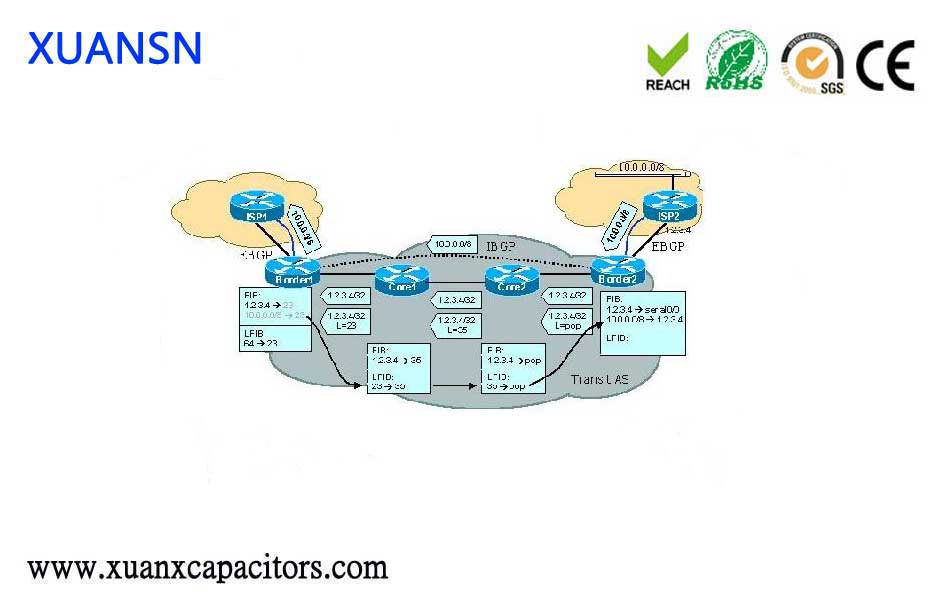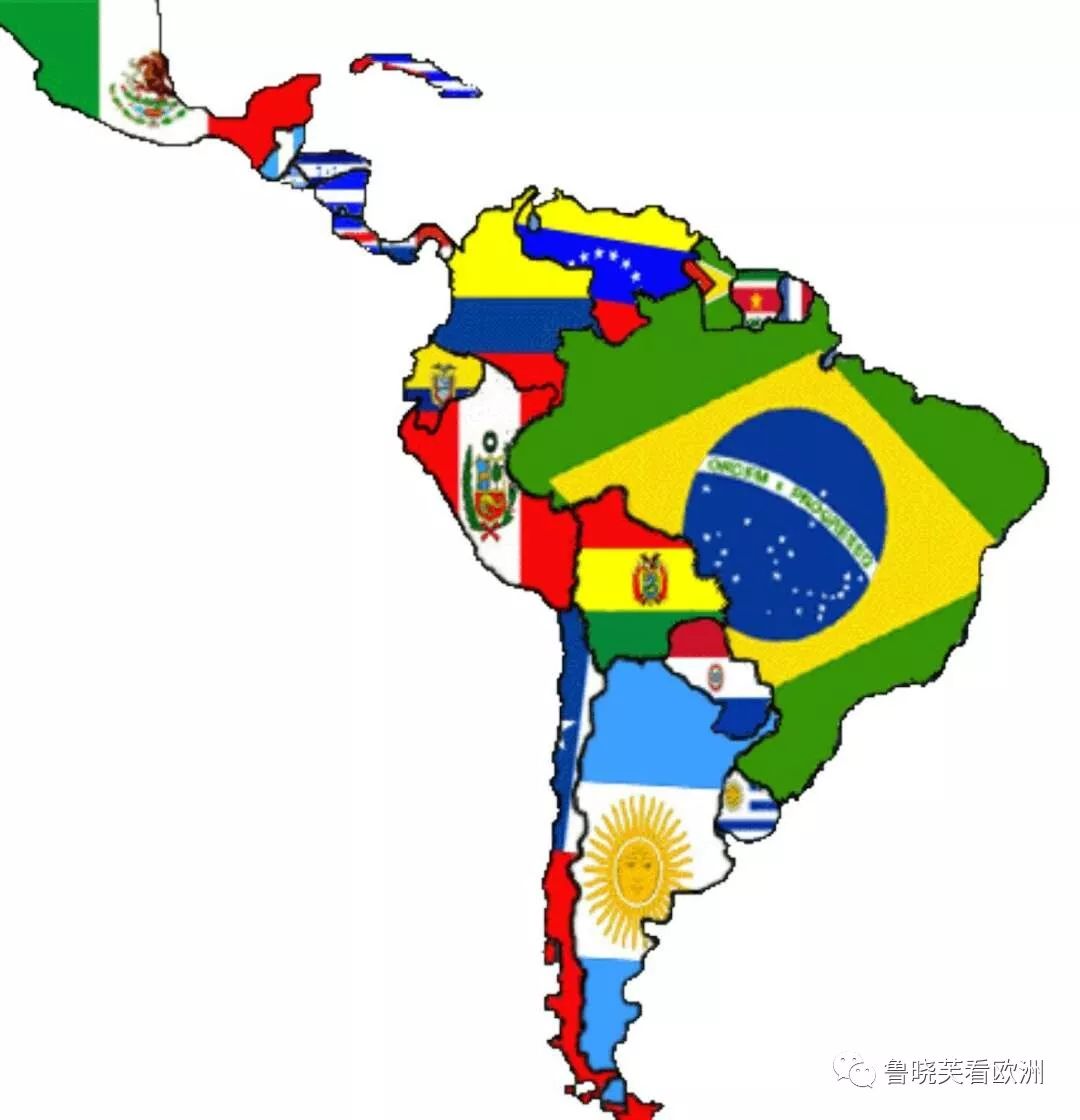In the field of intelligent driving, SABIC high-performance materials products shine
In the two major areas of intelligent driving and 5G, the wave of material innovation brought about by new demands has begun in an all-round way. As a global leader in the field of engineering plastics, SABIC has made outstanding achievements in the 5G material industry and the material fields of electric vehicles and smart cars.
 “5G is combined with automobiles, the first to promote intelligent driving. In the field of EV cars, ADAS is an important part of intelligent driving. Automotive OEMs and suppliers at all levels are constantly looking for high-performance materials to optimize current millimeter-wave radar units. SABIC The LNP material has excellent dielectric properties and is widely used in millimeter-wave radar housings, especially millimeter-wave radar front covers below 77GHz.
“5G is combined with automobiles, the first to promote intelligent driving. In the field of EV cars, ADAS is an important part of intelligent driving. Automotive OEMs and suppliers at all levels are constantly looking for high-performance materials to optimize current millimeter-wave radar units. SABIC The LNP material has excellent dielectric properties and is widely used in millimeter-wave radar housings, especially millimeter-wave radar front covers below 77GHz.
NORYL resin products are widely used in electric vehicle batteries. The dielectric product series of LNP modified materials have ultra-high DK and ultra-low Df, which can replace ceramics and are widely used in GNSS and RTK antenna devices. Zou Yan, senior product manager of SABIC LNP and NORYL Asia Pacific, told reporters.
As the world’s fastest-growing market for new energy vehicles, China has continuously increased the deployment of charging piles. As of April, there were 851,000 public charging piles, of which 355,000 were DC charging piles and 495,000 were AC charging piles. This year Many international car companies such as BMW and Tesla have increased their efforts to establish charging piles in China. In the field of charging piles, SABIC’s NORYL materials, copolymerized PC resins and LNP modified materials can be widely used in plugs and connectors on charging piles, and key housings in automobiles.
At the exhibition site, the author saw a display of 5G base station cavity filters. “5G base stations have more and more urgent requirements for weight reduction of components such as cavity filters. Last year, high-frequency filters such as 3.5G Massive MIMO filters were very small. The higher the frequency, the smaller the size of the product. Last year we provided cavity filters. Volume filters, micro-cavity filters, the 700-megaband filter cavity will be much larger this year. The micro-cavity filter will be displayed at the booth today. SABIC PEI materials can be used for similar applications, and larger sizes can be made.” Zhu Jinghui, senior market development manager of SABIC’s special materials department, explained the weight reduction trend of the device.
In the 5G material industry, SABIC invested money in the development of oligomers as early as 2012. At the same time, it also has subdivided products including NORYL PPO resin, ULTEM PEI resin, and LNP copolymer products and modified products. Base stations, various antennas, and millimeter wave radar solutions have always provided innovative solutions.
From 5G base stations to future space satellite antennas, higher requirements for materials are put forward. SABIC also provides a series of solutions. Zhu Jinghui, senior market development manager of SABIC’s special materials department, pointed out, what is the difference between the millimeter wave frequency band and Sub-6G? The millimeter wave frequency band has better signal transmission speed and delay performance, and the requirements for materials, especially the high requirements for dielectric properties, are reflected in the Dk and Df of the material, because the greater the Dk value, the smaller the product can be, and the greater the Df. The smaller the radio frequency loss.




